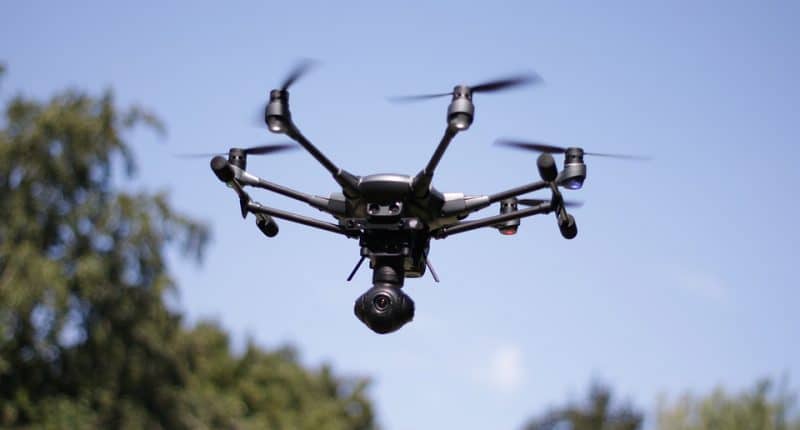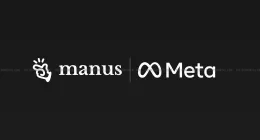As drones have become more and more popular in current times, countries have been opening up to this new technology, setting up rules that can help this sector expand. The Indian government had made some progress in this end with the release of the Unmanned Aircraft Systems (UAS) Rules 2021 earlier this year, and on Thursday took it one step further, replacing the UAS Rules with the new Drone Rules 2021 to make it easier for individuals and companies to own and operate drones.
The liberalized drone rules have been accepted by stakeholders who feel that it has simplified the procedures and reduced the complexities that come with operating a drone in India.
According to the Drone Rules 2021, which covers drones weighing up to 500 kg (earlier it was 300 kg) and includes heavy payload-carrying drones and drone taxis, the fee to operate a drone has been reduced to nominal amounts and de-linked from the size of the drone. The types of fees charged from the operator has also been reduced from 72 to 4.
Additionally, the number of forms required to operate a drone in the country has been reduced from 25 to 5, and security clearance will no longer be required before any registration or license of a drone is issued.
“India has the potential to be a global drone hub by 2030 as drones offer tremendous benefits to all sectors of the economy and can be significant creators of employment and economic growth due to their reach, versatility, and ease of use,” the ministry said on Thursday.
Also, Drones will now require identification numbers, unless they are exempted, and the unique identification number can be generated by providing requisite details on the digital sky platform. The digital sky platform will be developed as a user-friendly single-window system and will act as a unified platform for users to obtain the registration number and remote pilot service. They will be able to access the interactive airspace maps (equipped with green, yellow, and red zones) through the digital sky platform as well.
They will not need permission for operating drones up to 400 feet in green zones and up to 200 feet in the area between 8 and 12 km from the airport perimeter, and the yellow zone has been reduced from 45 km to 12 km from the airport perimeter. Users will no longer require a remote pilot license required for micro drones (for non-commercial use) and nano drones. The remote pilot license will be issued by DGCA within 15 days of the pilot receiving the remote pilot certificate from the authorized drone school through the digital sky platform. The ministry added that there will be minimal human interface and most permissions will be self-generated.
But wait, there is more. The Drone Rules 2021 abolished several approvals, including certificate of conformance, certificate of maintenance, import clearance, acceptance of existing drones, operator permits, authorization of R&D organizations, and others. For the delivery of cargo, special drone corridors will be developed, and a drone promotion council will be set up by the government as well.
The Tech Portal is published by Blue Box Media Private Limited. Our investors have no influence over our reporting. Read our full Ownership and Funding Disclosure →






